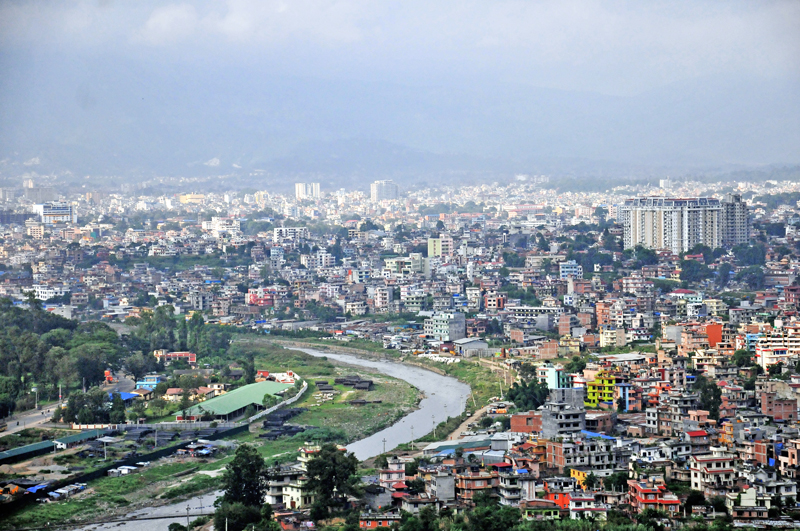No temperature dip in peak winter in Kathmandu; no cold wave in Tarai
Kathmandu, December 26
Environmentalists and weather experts had warned of climate change affecting Nepal’s weather, nobody had felt the impact before.
However, this year, Kathmandu Valley denizens don’t seem to feel the biting cold even in the peak of winter this year.
According to weather expert Rajendra Prasad Shrestha, in the previous years, the last week of December used to be considered the coldest week in Kathmandu Valley.
The minimum temperature then used to remain below 0 degree Celsius and the public suffered severe biting cold triggered by the frost during early morning.
“But this year, the minimum temperature has hovered above 4 degrees Celsius so far and besides the early mornings and evenings Kathmandu Valley’s winter has lost its bite, so people feel warmer even in mid-winter,” Shrestha told The Himalayan Times, “This is all because of climate change which the people have started feeling clearly.”
He said there had not been any winter rainfall so far this year, which usually occurred once or twice every winter before December end.
In the history of Nepal’s Meteorology, the years 2006 and 2009 were completely dry winters without any rainfall in the three months of December, January and February.
According to Meteorological Forecasting Division, due to lack of westerly winds, the minimum temperature of Kathmandu Valley has remained above 4 degrees Celsius.
MFD recorded today’s minimum temperature at 5.8 degrees Celsius whereas 6.6 was the minimum temperature on December 25 and 24. It was 8.5 degrees Celsius on December 23; 7.5 on December 22 , 7.2 on December 21 and 5.8 degree Celsius on December 20.
Last year, minimum temperature in the Valley was 0.2 degree Celsius on December 26; 2.2 degrees on December 25; 0.0 degrees on December 24; 0.9 degrees on December 23; 1.5 degrees on December 22; 3.0 degrees on December 21; and 2.4 degrees on December 20.
Likewise in 2014, the minimum temperature of Valley was 3.0 degrees Celsius on December 26; 3.0 degrees on December 25; 3.6 degrees on December 24;, 3.5 degrees on December 23; 3.5 degrees on December 22; 3.4 degrees on December 21; and 1.8 degrees Celsius on December 20.
Meteorologist Barun Poudel said this year’s winter is different from previous winters as Kathmandu Valley is witnessing the warmest winter so far.
“Due to lack of rain and westerly wind severe cold is yet to be experienced in Kathmandu Valley,” he said, “Still there is no chance of any system and rain so that there will not be any drastic change in weather pattern of the Valley and the Tarai as well.”
Though the average rainfall in Kathmandu during December is 8.3 mm to 13.2 mm there has been no rainfall so far this year. Meteorologist Barun Poudel added there was fog in the Tarai region from December 10 to 16, but since than there was neither been fog nor cold wave.
Generally after the monsoon season, October and November in Nepal are considered post-monsoon. Winter season starts in Nepal from December when days are shorter and minimum temperature hits from one to and around zero degrees Celsius.
Climatic conditions of Nepal vary from one place to another according to their geographical features.
In the north, summers are cool and winters severe; while in the south, summers are tropical and winters are mild.






